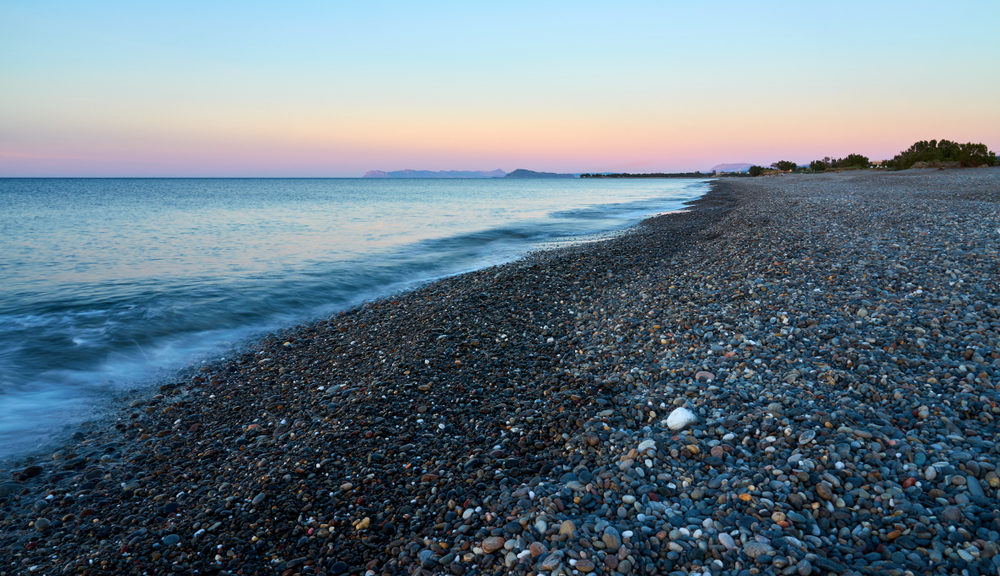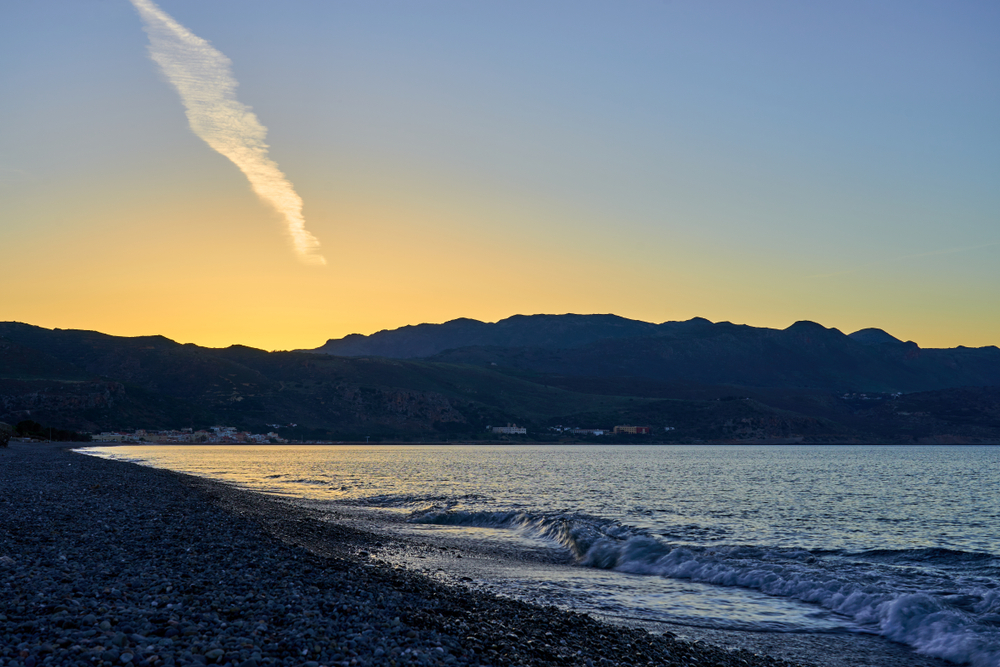
Rapaniana Beach
The beach of Rapaniana is a small part of the beach that starts at Kolymbari and extends for several kilometres towards Chania. It is 4 km from Kolymbari and 20 km from Chania and spans the settlements of Platanias, Agia Marina, Stalos, and Agioi Apostoloi among others. The eastern coast between Chania and Kolymbari is characterized by hotels, resorts and various other accommodation options, tourist shops, restaurants, activities and beach bars.

The area is a favourite with international and local visitors and has all the amenities that one will need while being close to the city centre. Rapaniana is on the western end of the bay of Chania, which means that the beach is less crowded than those further east. It has soft pebbles and warm waters, but because it is open to the winds, you may get a few waves. Most sections of the beach are organized with sunbeds and umbrellas and there is also a lifeguard on duty. This area has seen strong tourism growth in recent years, however, Rapaniana is one of the quieter and less crowded options in the area. From Chania, the distance to Rapaniana is less than 20 km. Here, and throughout this section of the beachfront, is the breeding ground for the Caretta Caretta turtle (loggerhead). From Rapaniana, you can be in Kissamos within 20 minutes and board a ferry to Balos Lagoon and the charming island of Imeri Gramvousa. Moreover, the village of Ano Vouves is less than 10 km to the south, where you can find one of the oldest olive trees. The tree is still producing fruit and there is a small shop nearby, where visitors can try local products including extra virgin olive oil and olives. Kissamos marks the start of the E4 European long-distance path and travels south through Pollyrinia, the village of Sfinari and the monastery of Panagia Chrysoskalitissa before reaching the southwesternmost point.
While in the area, do not miss a visit to Maleme, the German Military Cemetery from World War II (May 1941). The site is well kept and offers valuable information for the history of Crete island and the invasion during World War II by the Germans.